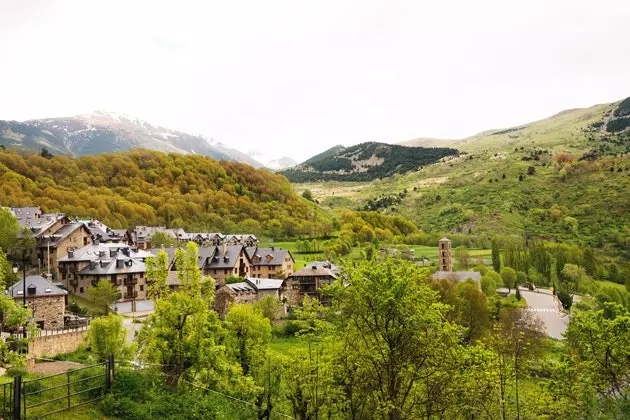
Taüll, in a bend of Vall de Boí
He was one of the best artists of his time but his name is not known. He covered an apse with mural paintings with a perfect conception of space, a vivid color range and a stylized figure that made his work something never seen before. The Master of Taull linked forever his mysterious identity to the image of his Pantocrator , the implacable God of the Final Judgment, loaded with all the medieval religious symbols – alpha and omega, beginning and end, (the) light of the world – and designed to show 12th-century parishioners what they should think of themselves and everything else.
It still impresses today, even though we know how to read and write, for that mixture of didactic ingenuity and furious expression through colors that astonished Picasso and unleashed a war for the possession of paintings at the beginning of the 20th century . The rediscovery of Romanesque art around 1900 and the interest of American collectors triggered controversial looting in many parts of Europe, but not here. In the case of Sant Climent de Taüll , the whole town came out in his defense and the paintings stayed , to be later transferred to the National Art Museum of Catalonia in order to protect them. An exact copy was created in situ, which has now been removed to bring to light some previous paintings that a team of restorers and archaeologists are in charge of recovering, patiently scratching the stone.
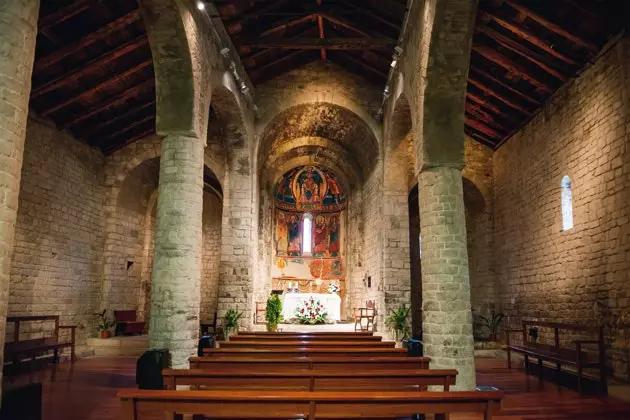
Church of Santa María de Taüll
The Romanesque is the spiritual and artistic expression of the rural life in the Middle Ages , of isolated communities prior to the appearance of cities, of a feudal society with many shadows which also produced some lights. One of those happy moments occurred in the Valley of Boi during the 11th and 12th centuries with intense construction activity that brought together architects, painters, stonecutters and craftsmen , many come from Italy, to bring the Lombard style to churches with a basilica plan, decorated with bands of blind arches and topped by tall bell towers that were used as watchtowers to communicate and control the territory.
VALL DE BOÍ: THE ROMANESQUE BECOMES STRONG
Today, the succession of small towns embedded in the Vall de Boí concentrates the best representation of Lombard Romanesque in Catalonia , through eight churches and a hermitage declared World Heritage by Unesco. A good way to get started on this journey is by going to the Boí Valley Romanesque Center , situated in Erill the Valley , where all the information about the complex is offered and guided tours are organized. From there, the immersion can be as elastic as desired, taking into account that all the towns are linked by the same round trip road.
Even so, it is worth pointing out some essential names : Sant Climent de Taüll and Santa María de Taüll , separated by a small walk between stone and slate houses with spectacular views of the surroundings, and Sant Joan de Boi , with remains of wall paintings depicting Daniel's prophecies and some fascinating creatures from the medieval bestiary.
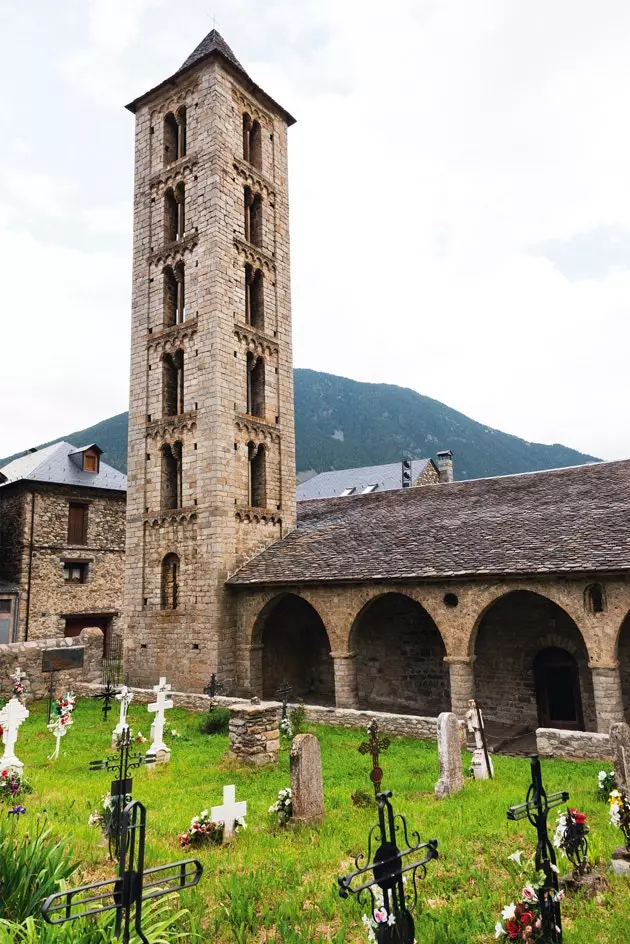
Bell tower of Eulàlia d'Erill la Vall
Romanesque means, among other things, fusion with the territory. And the Romanesque is the art of the Pyrenees, a theatrical setting, an extraordinary container in which nature forces a kind of surrender , whether or not you are passionate about green. Kilometers behind, coming from the south, the snowy peaks loom like the promise of another world in what seems like an insurmountable barrier, in a progression of ever higher mountains and ever narrower valleys.
Along the way, the jumping rivers improvise waterfalls and torrents with the melting ice and the pastures shine in the sun among the red-haired cows, in a landscape that changes from the bucolic to the wild in a matter of seconds . That face of cattle and peaceful land, next to its reverse, granite and challenging, make the Pyrenees a mountain range as beautiful as it is enigmatic , a place that imposes respect for the earth's crust, which invites both contemplation and relentless activity.
STORIES UNDER THE SNOW IN VAL D'ARAN
Living with the Pyrenees was not always easy, as the ancient stories of the inhabitants of the Val d'Aran , which until well into the 20th century remained isolated for very long winters. Those were the times when this valley lived fundamentally from livestock and firewood , essential to keep fireplaces always burning.
Now the scenario is very different: the snow that before was a barrier of isolation became the goose that lays the golden eggs thanks to the ski resort Baqueira-Beret, one of the best in the Peninsula for its extension, scenic beauty, snow quality and fabulous gastronomy for an après-ski in style.
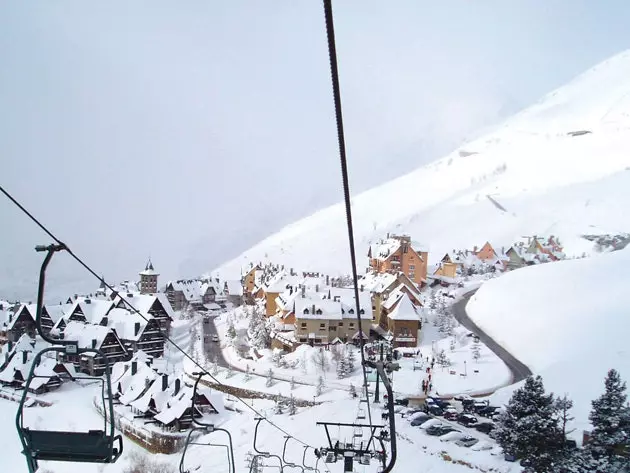
Baqueira-Beret Station
And when it's not winter... what can be done? The answer is simple: all . The hiking itineraries and tours in MTB – apart from the asphalt and the tracks, pay attention to the ** Aran Bike Park **, with different levels and circuits– they are the great classics of active tourism, to which are added the horse trails , whitewater rafting and canoeing, hydro-speed on the Garonne river, the descent of the Bausen ravine , the via ferrata of Les and the wall climbing of varying difficulty with several open routes, such as the Pui d'Unha (Here you can get more information to organize the activities). Without forget the latest in personal training , the trail running or off-piste races in rough terrain, which has a unique environment in this valley for its practice.
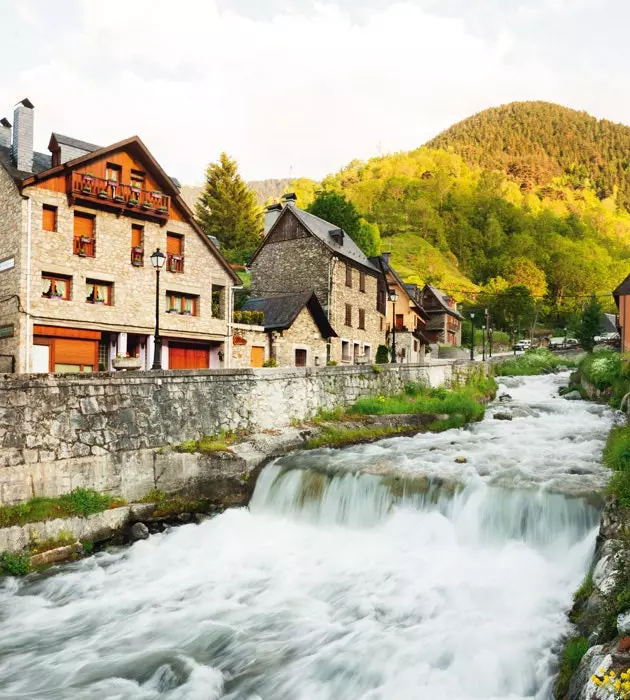
Garonne River as it passes through Vielha
For a more peaceful stay, the Val d'Aran also offers streets to stroll calmly, from the old town of Vielha to a rosary of little towns where no one will find him – Arties, Unha, Bagergue... unfold the map and choose–, in which there are also abundant examples of Lombard Romanesque, in this case characterized by peaked-roof towers and some interesting carvings, such as the Christ of Mijaran, in Vielha, and the one that is guarded in the church of Sant Andreu, in Salardu.
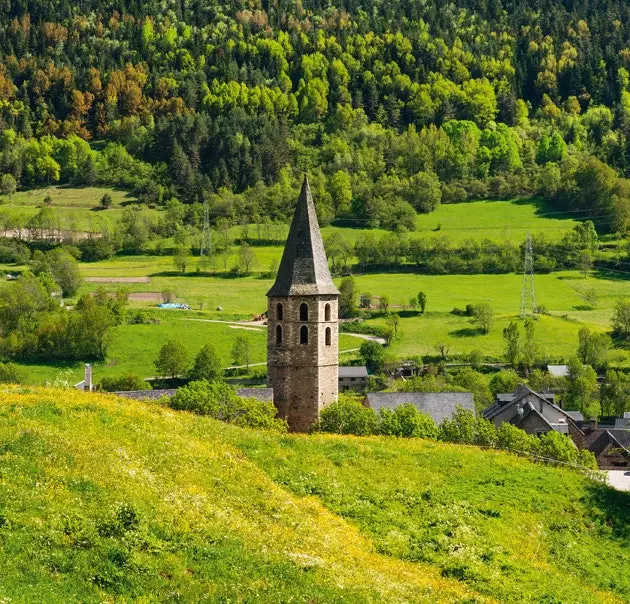
Roof of the church of Sant Andreu de Salardú
AIGÜESTORTES NATIONAL PARK: WITH THE CURRENT
Both from the Val d'Aran and from the Vall de Boí you have access to the main course of the Pyrenees of Lleida As far as natural environments are concerned: the Aigüestortes National Park Y Estany de Sant Maurici. Its name refers to the high mountain meanders (aigüestortes) and the more than 200 lakes (estanys) embedded between its cliffs.
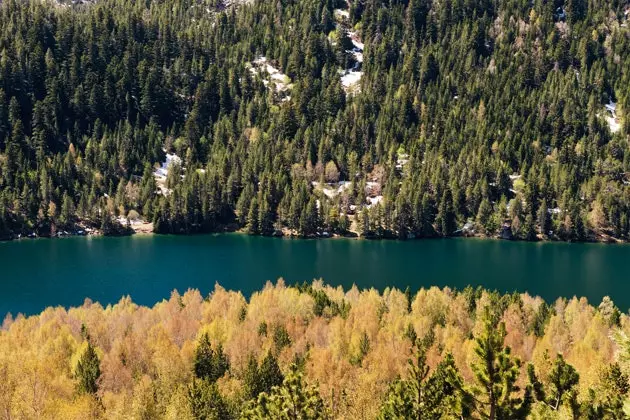
Aigüestortes National Park
It is clear that water is its main hallmark and one of the great natural assets of this national park, the only one in Catalonia, which at the end of spring and summer turns the alpine meadows into a floral showcase of gentians, lilies, orchids and primroses . Autumn is the time of total display of forests of firs, black and wild pines, birches and beeches, perennial and deciduous species that ensure a spectacular chromatic experience.
There are many itineraries of different duration and difficulty that can be consulted in the information centers of the park; If you don't know which route to choose, we'll give you a hint: one of those that go to the Estany de Sant Maurici , either in the jeep-taxi that go up to the lake from Spot, or following the path to Sant Maurici viewpoint after parking the car in the Prat de Pierró car park (a 2.30-hour walk of low difficulty on a circular path). The image of the lake as a mirror that reflects the snowy peaks is one of those that force you to do a mental photograph of the moment so that it does not escape. And, who knows... a deer may sneak across the road. After all, you are in his house.
*** You may also be interested in...**
- Delta del Ebro: the main street in the south of Catalonia
- The Solsonès: dream of Hobbits
- Monographic of Catalonia
- All 'Natural' items
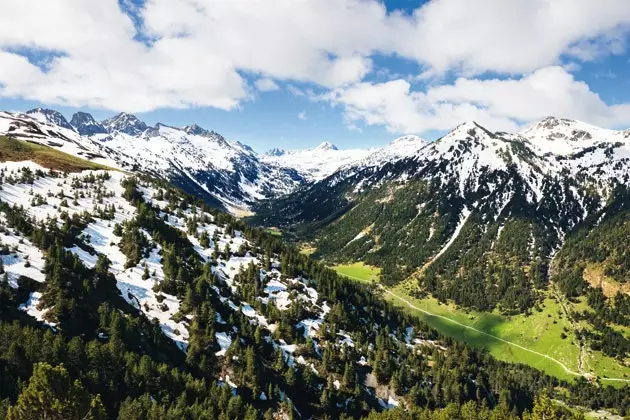
Val d'Aran from Vielha, going up to the Baqueira Beret station
